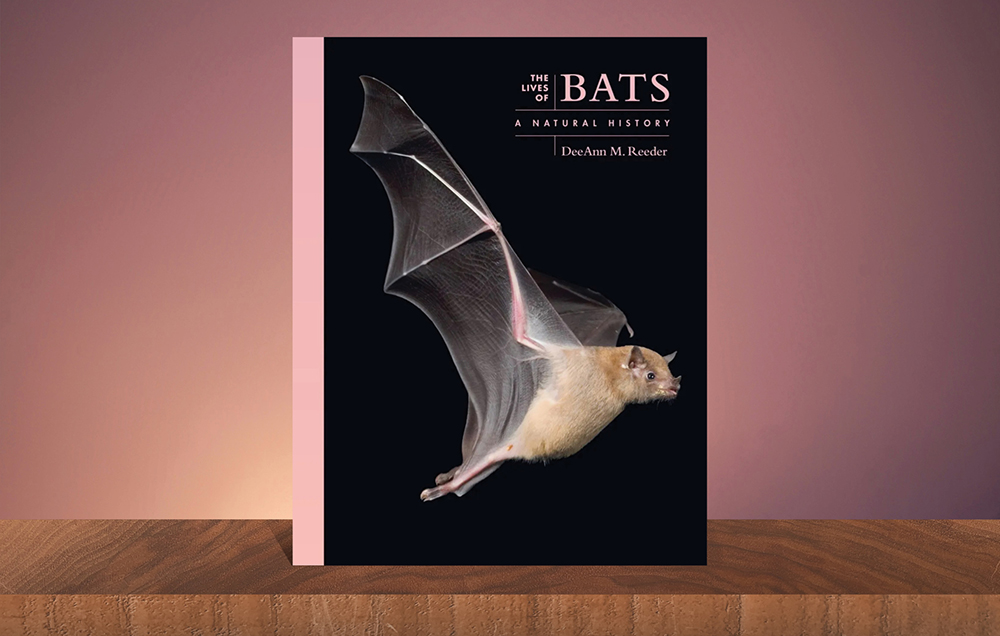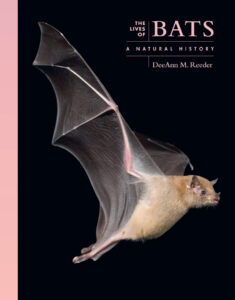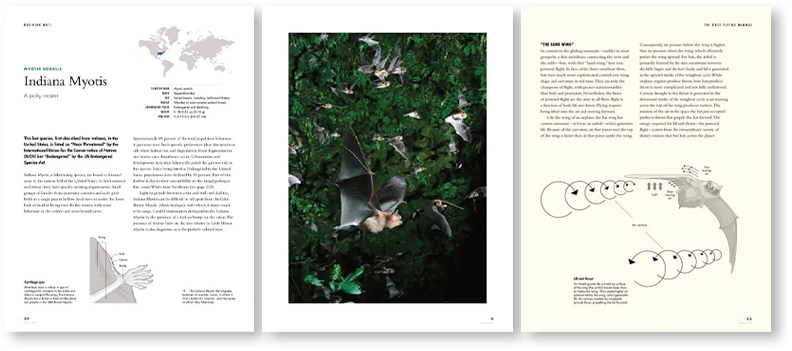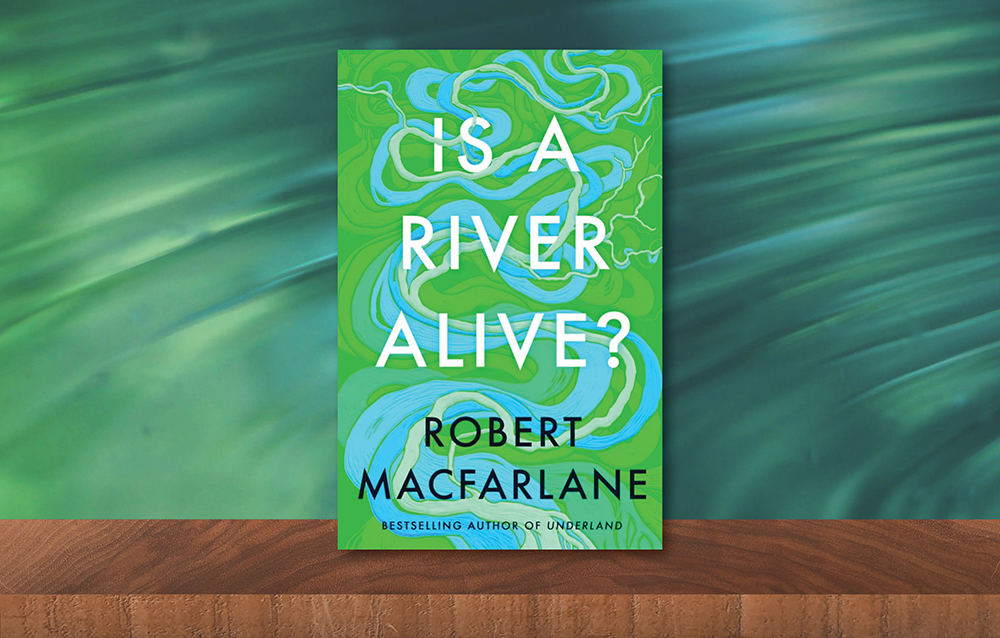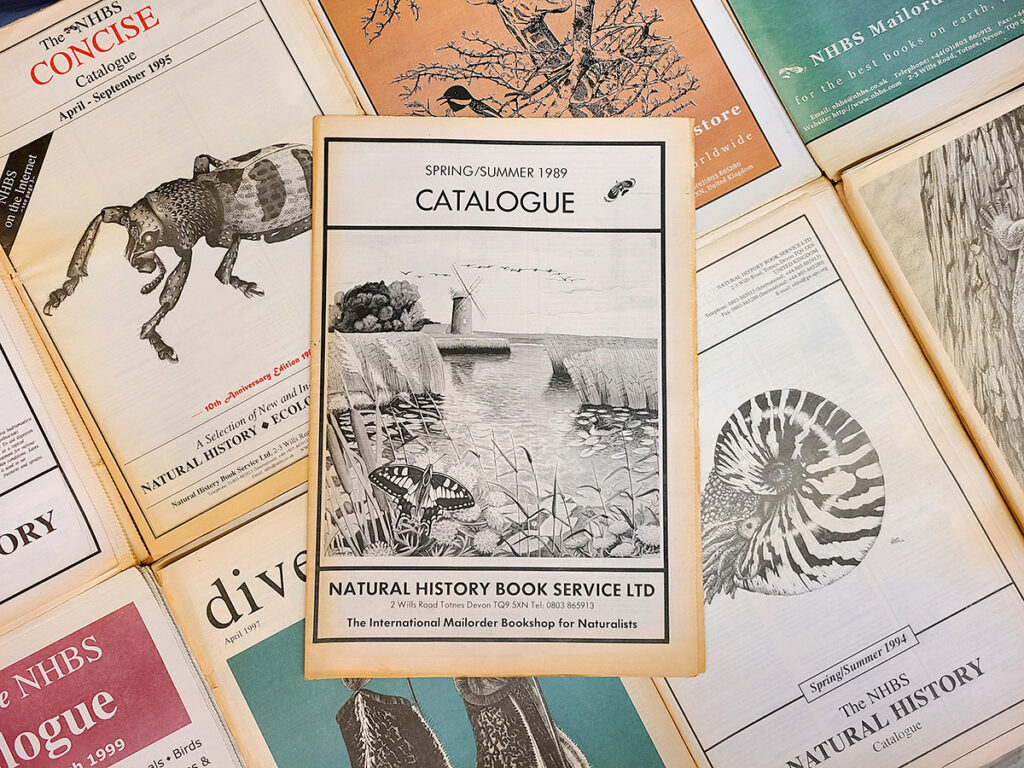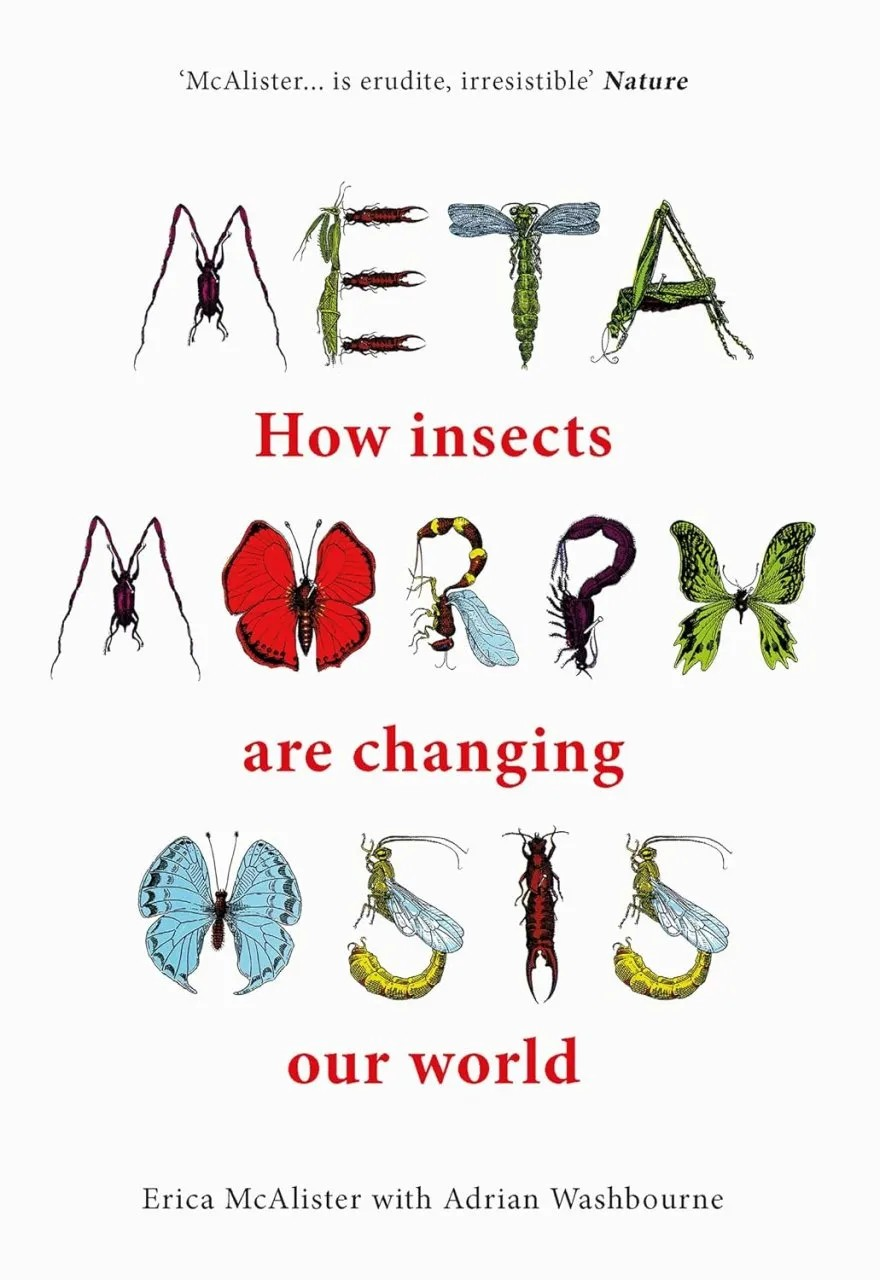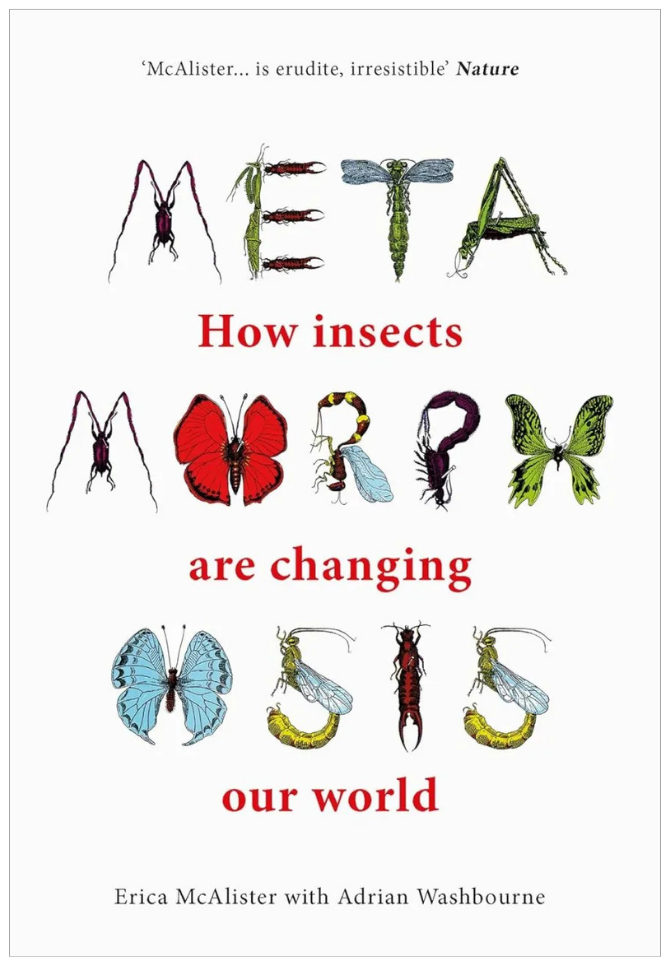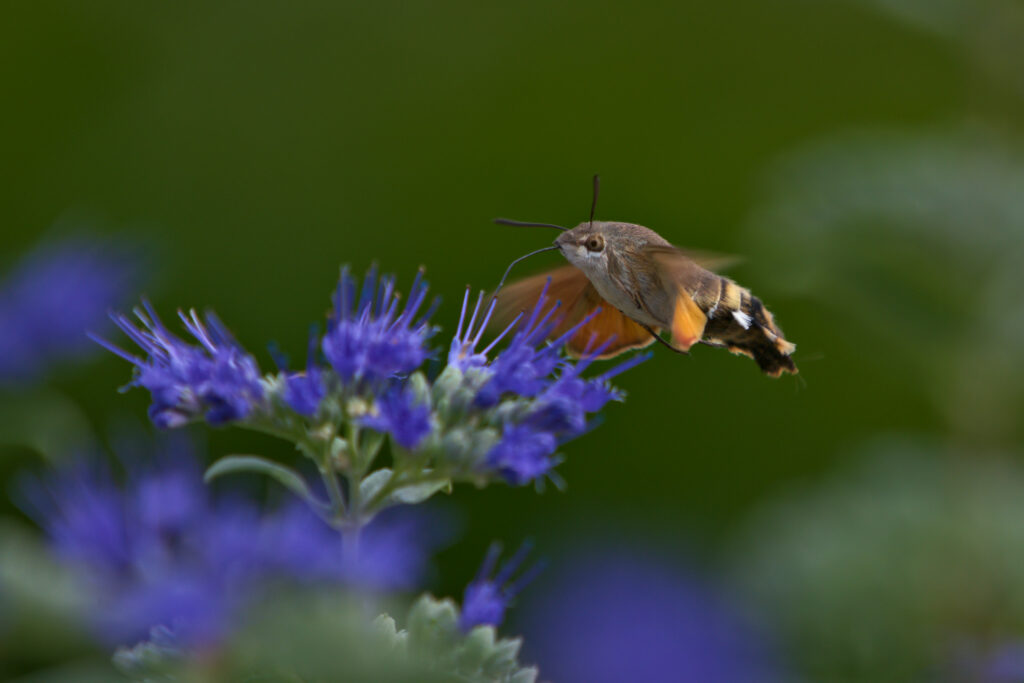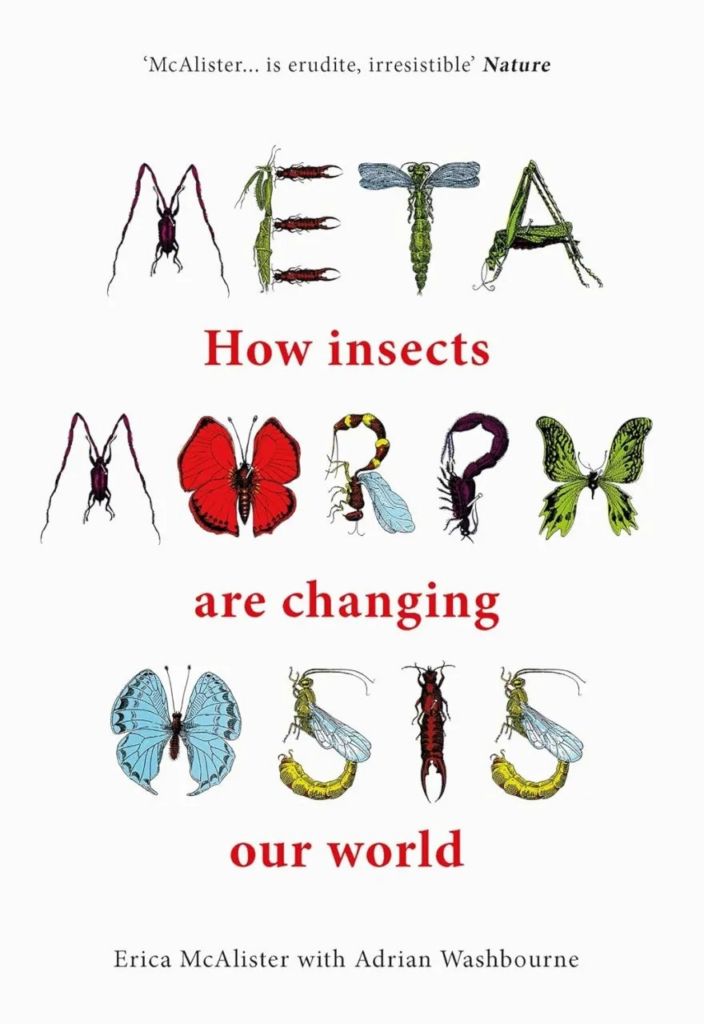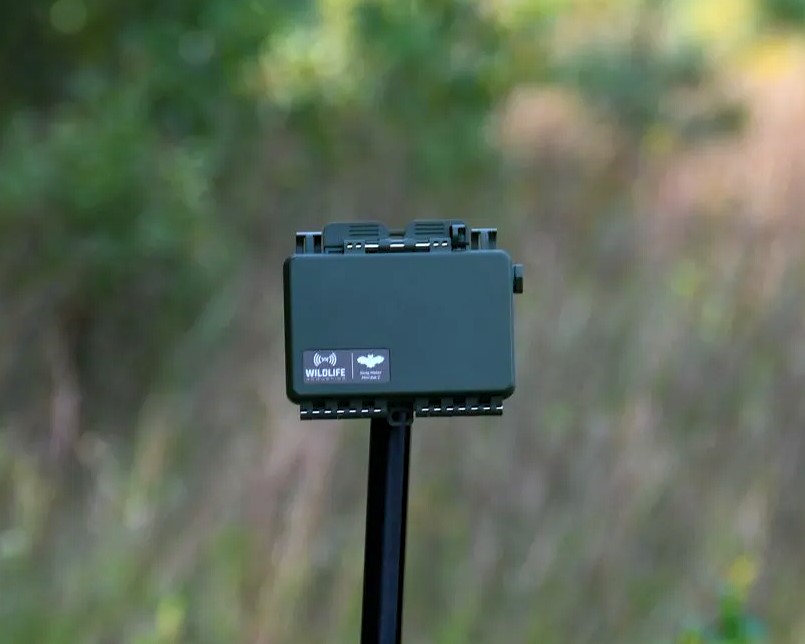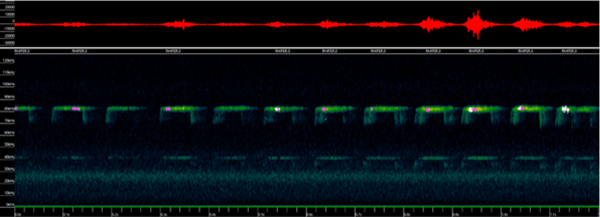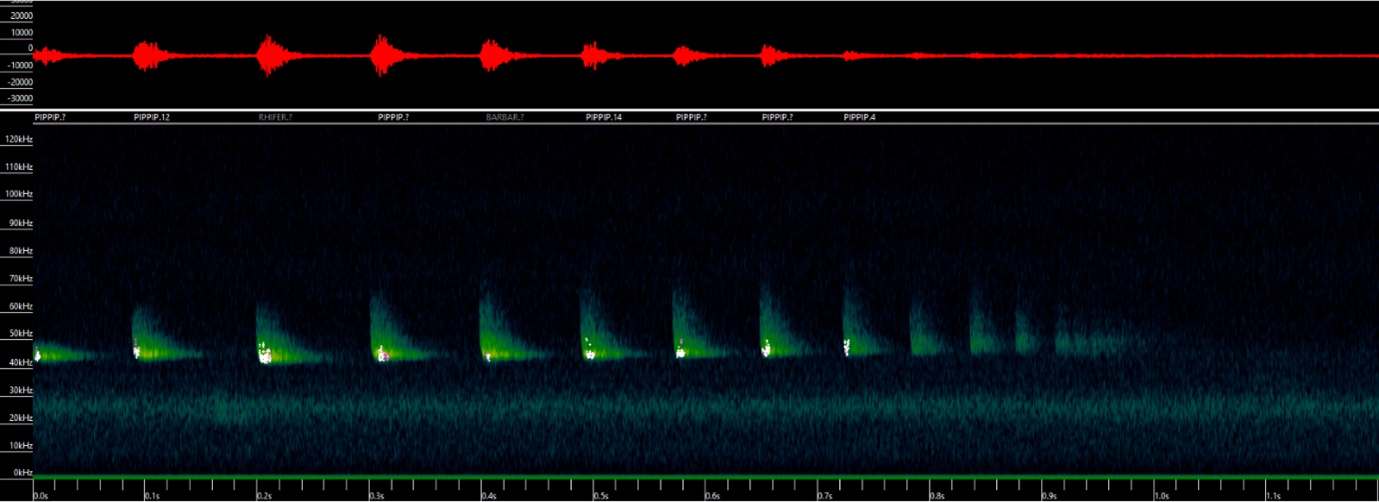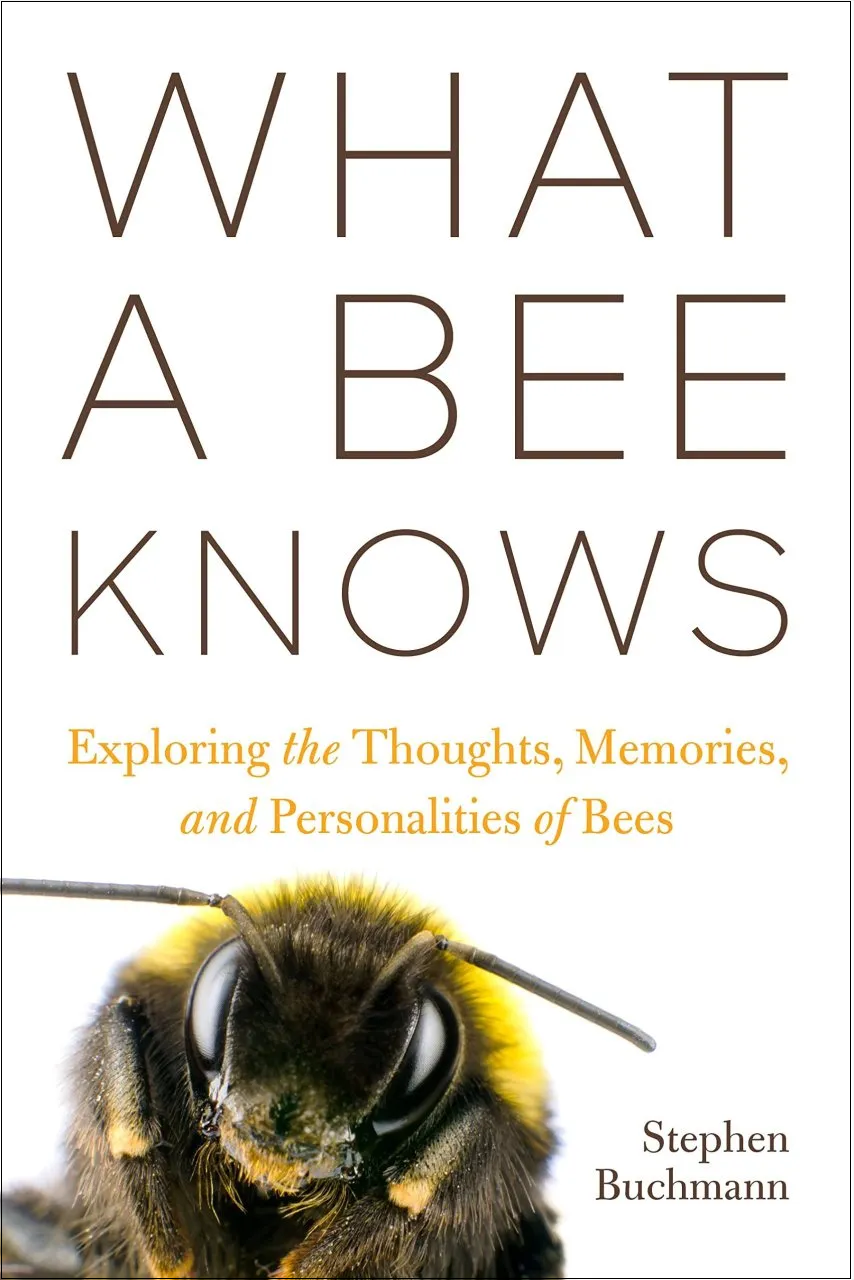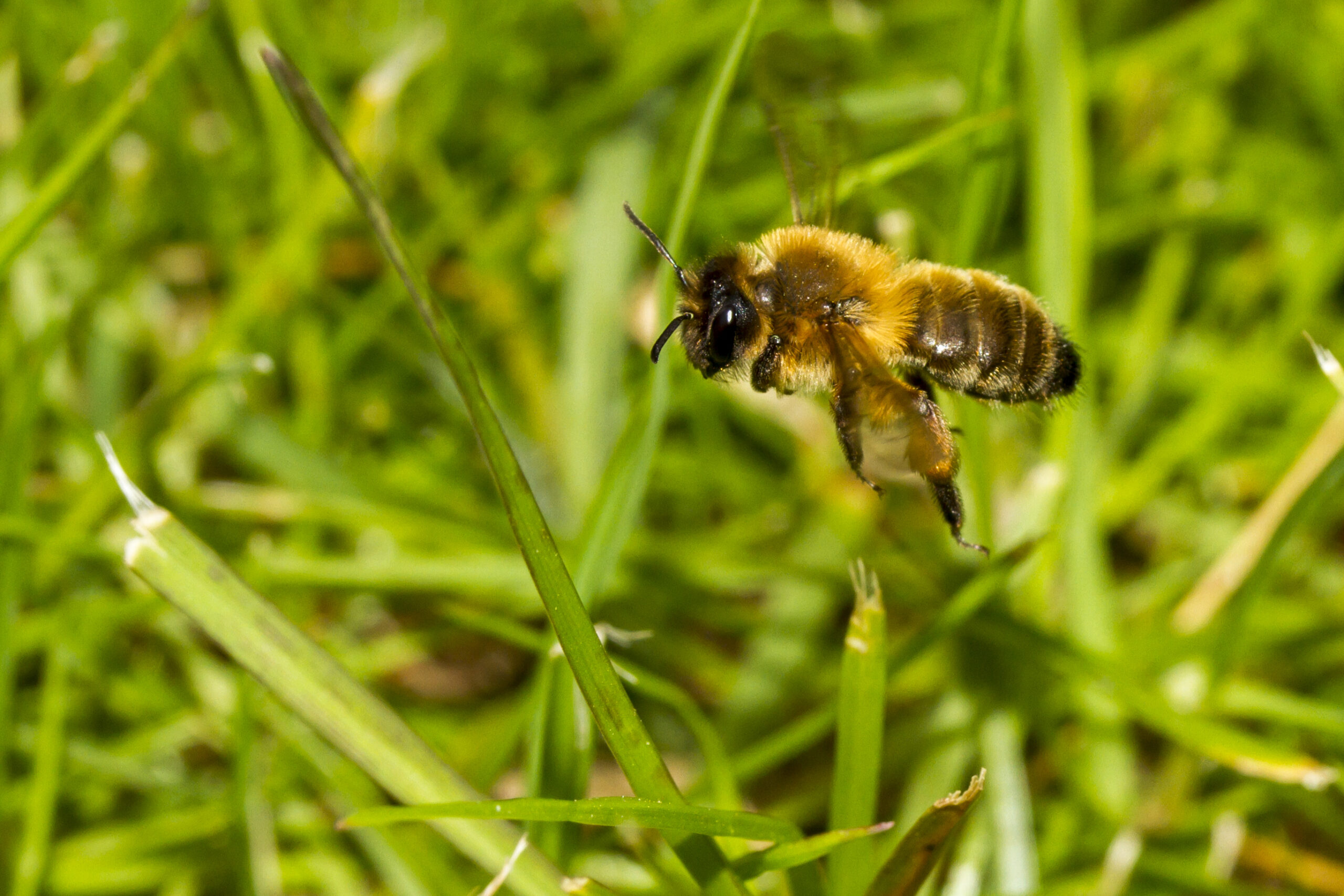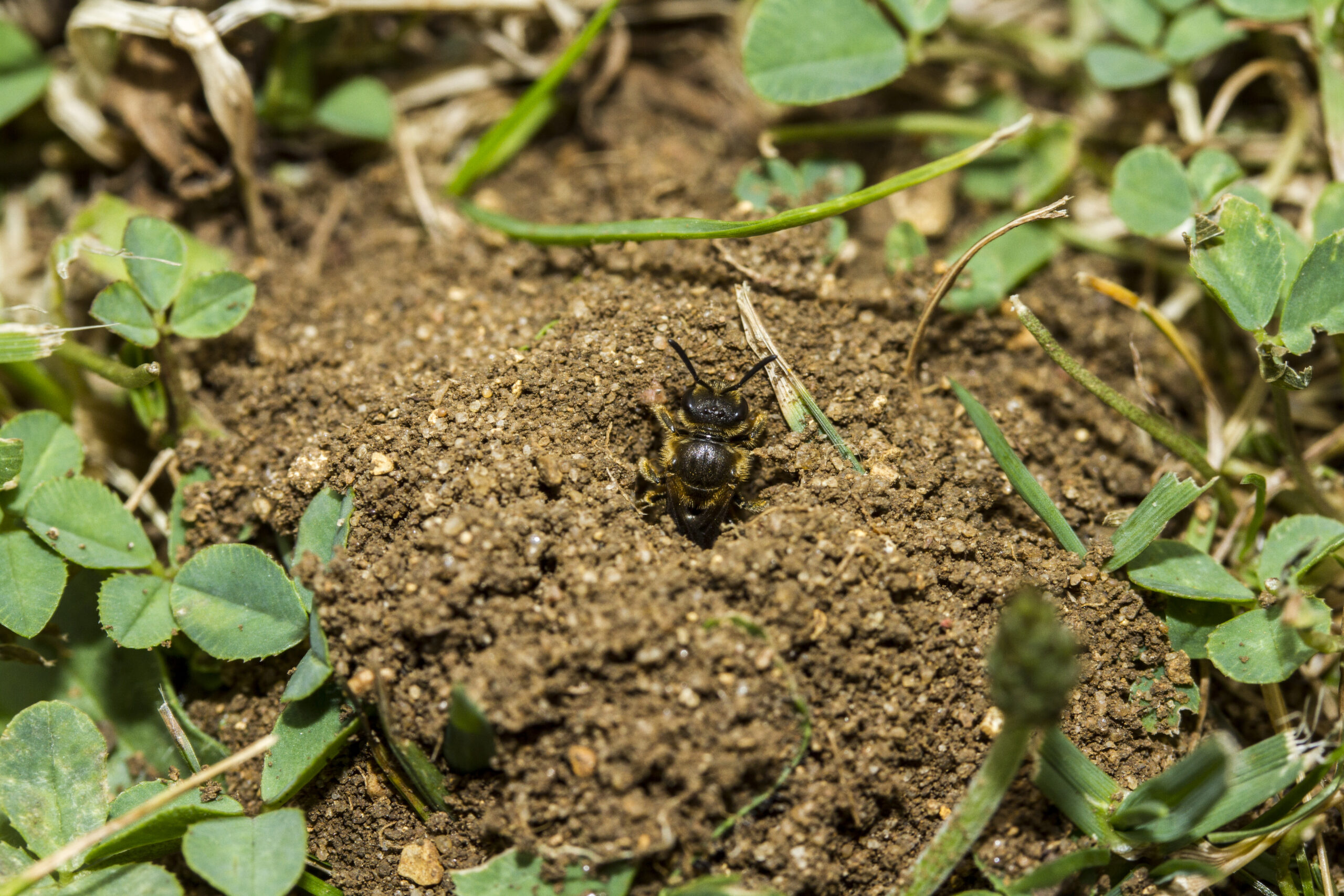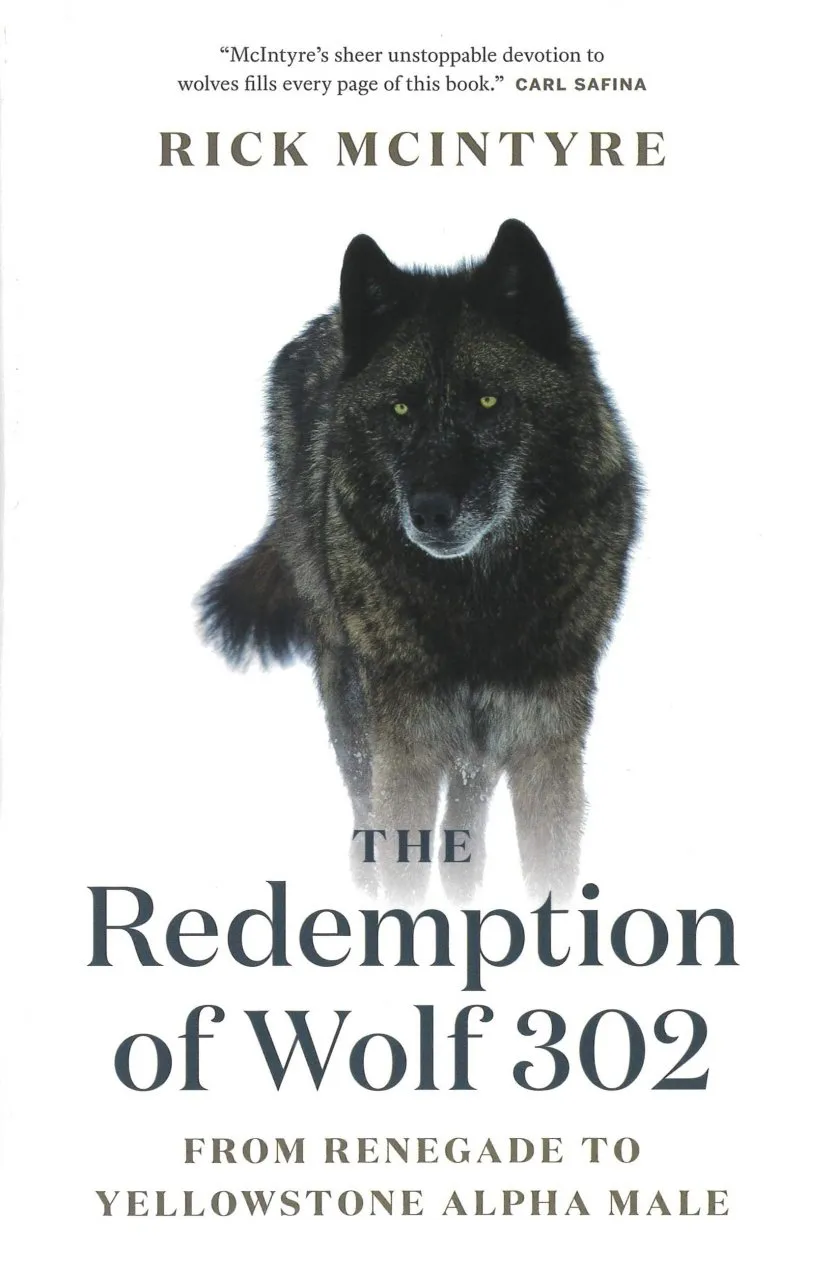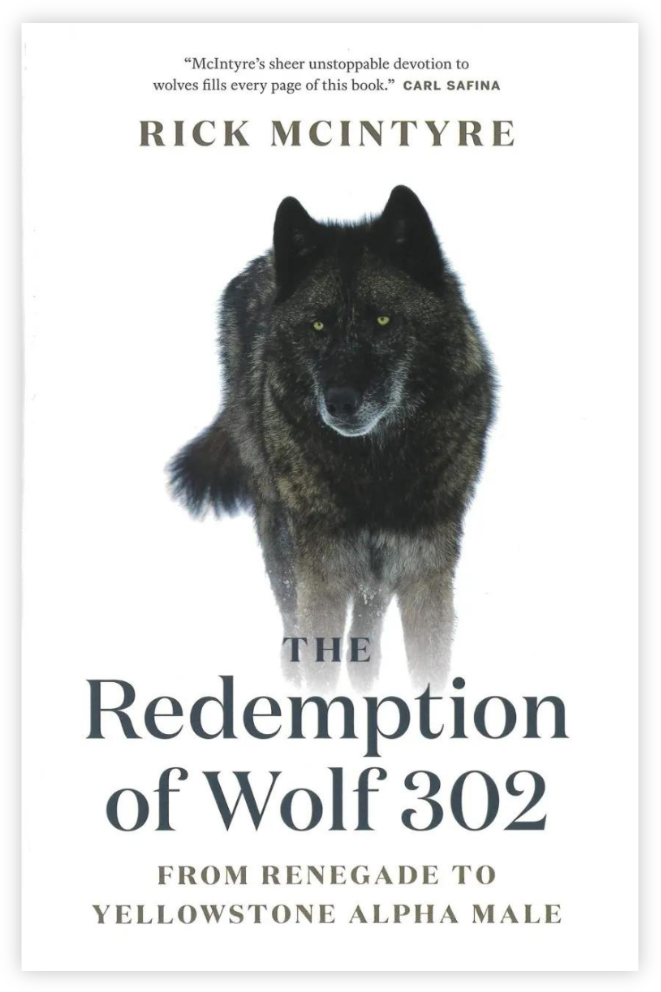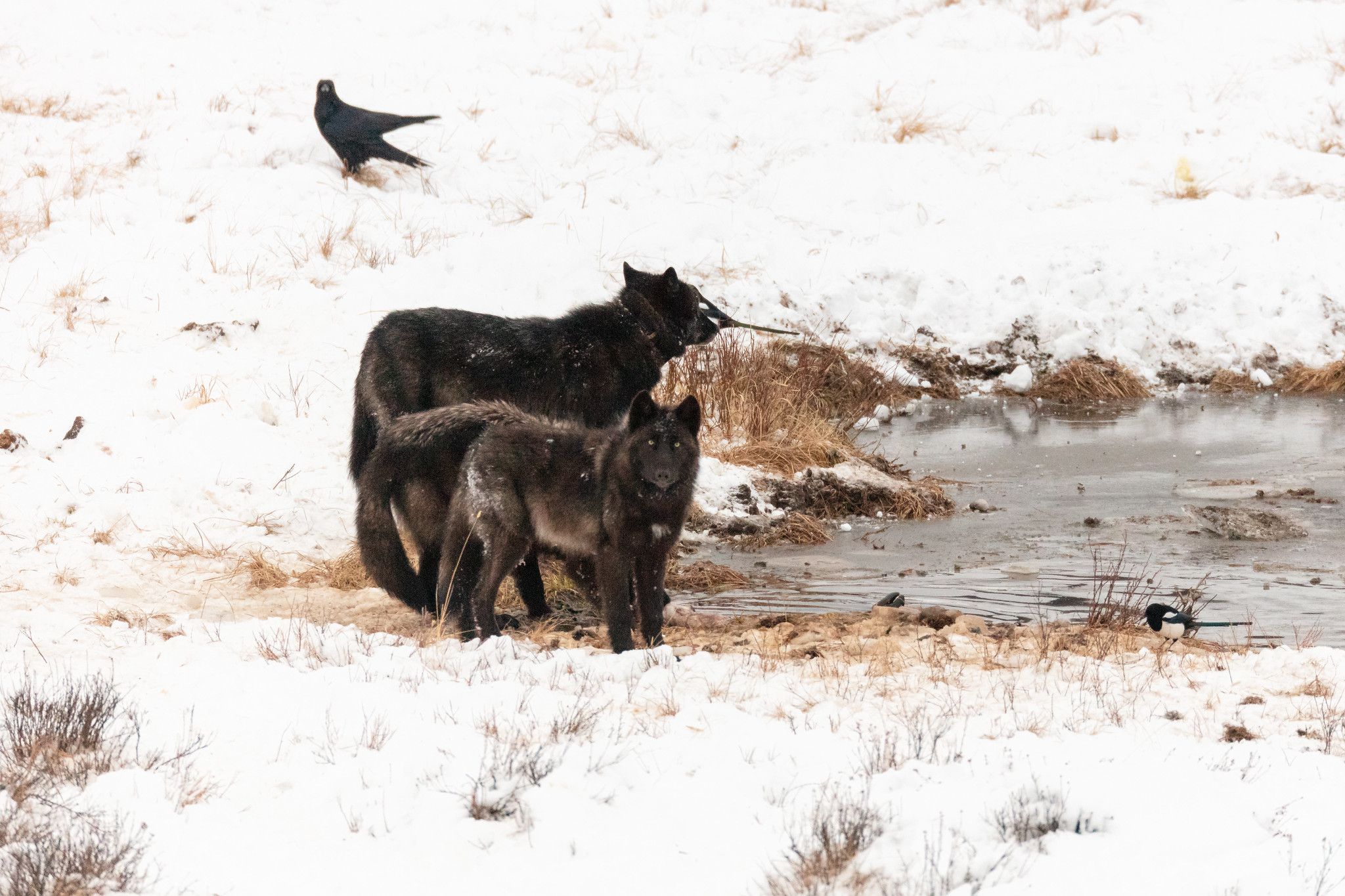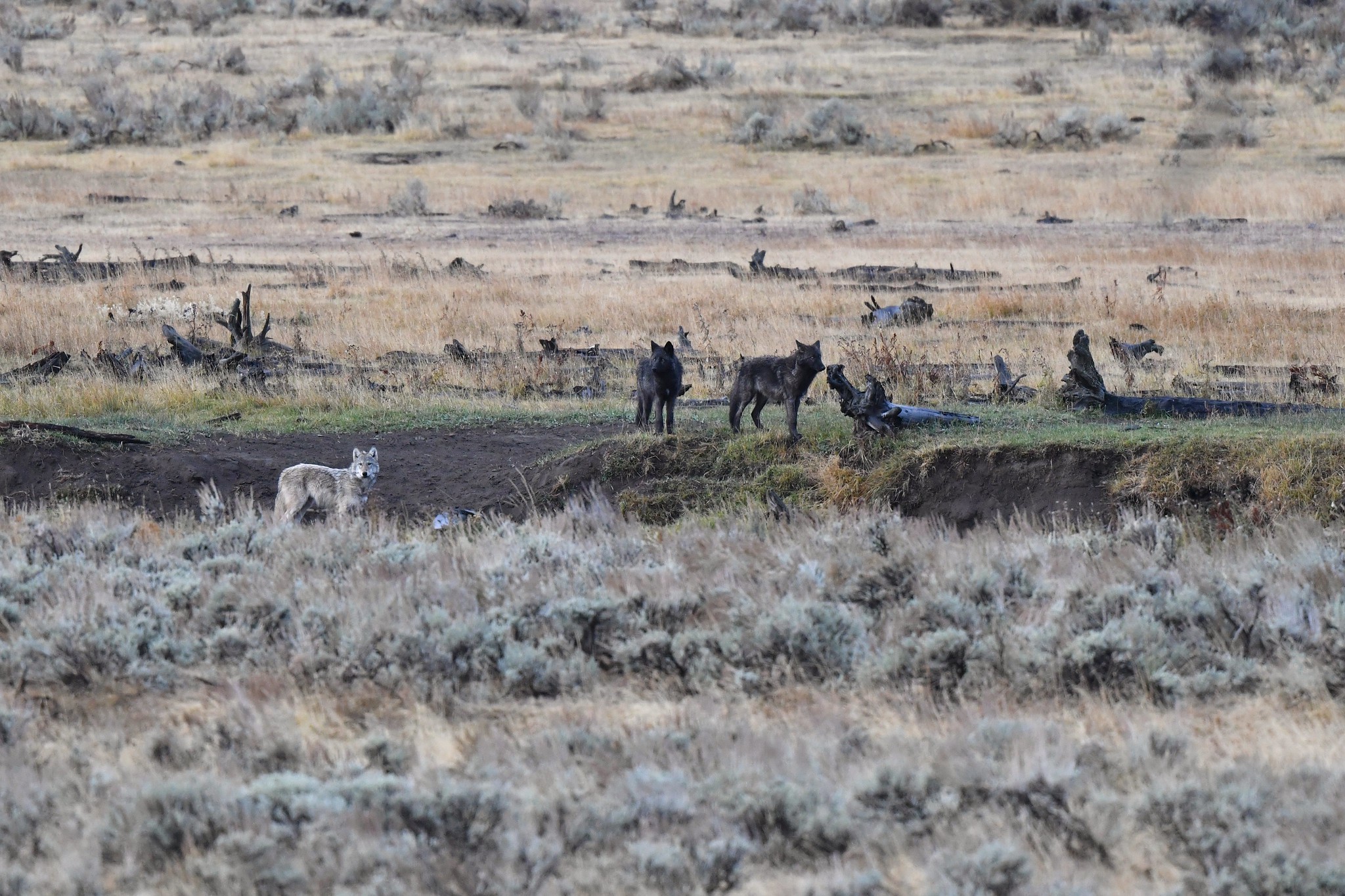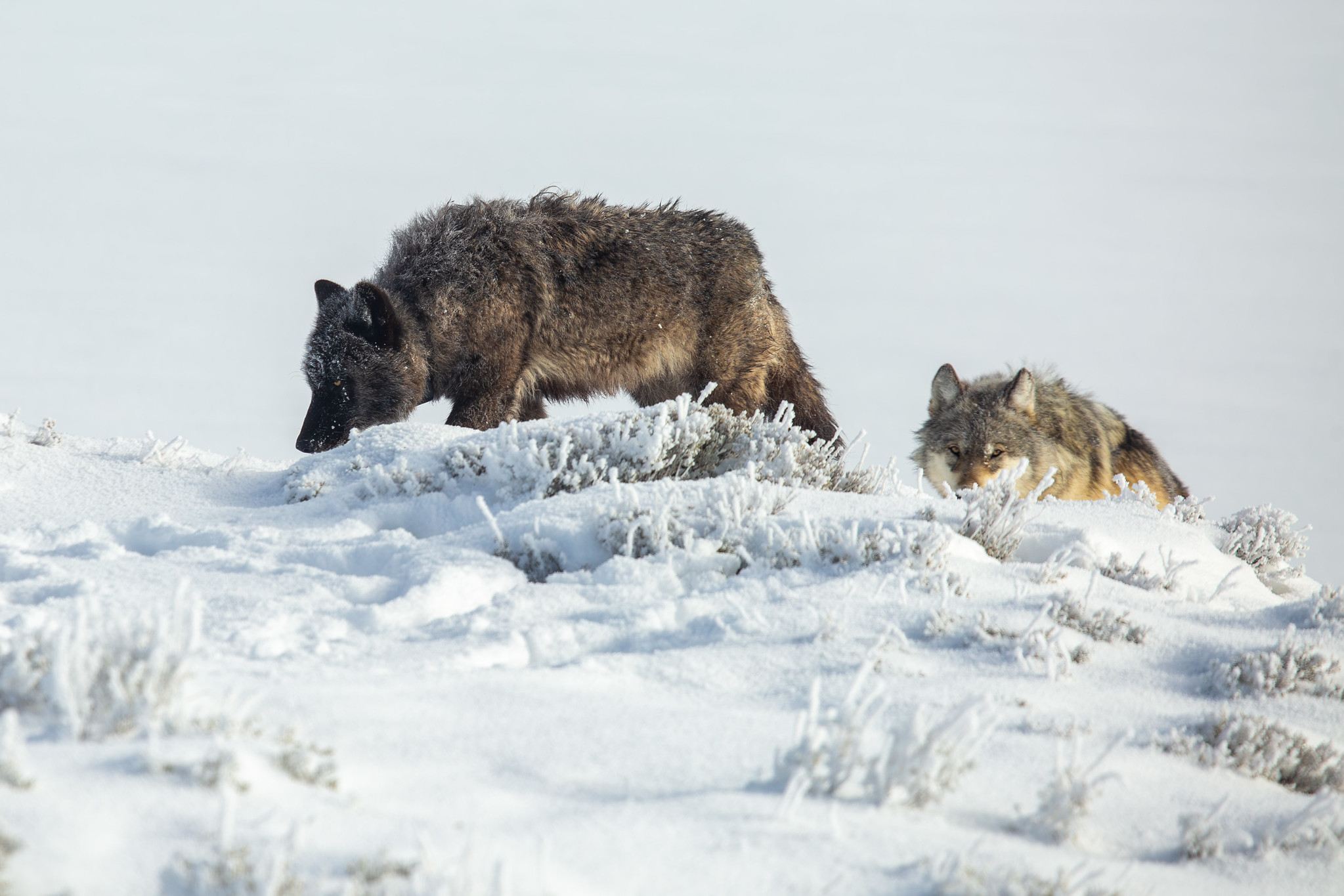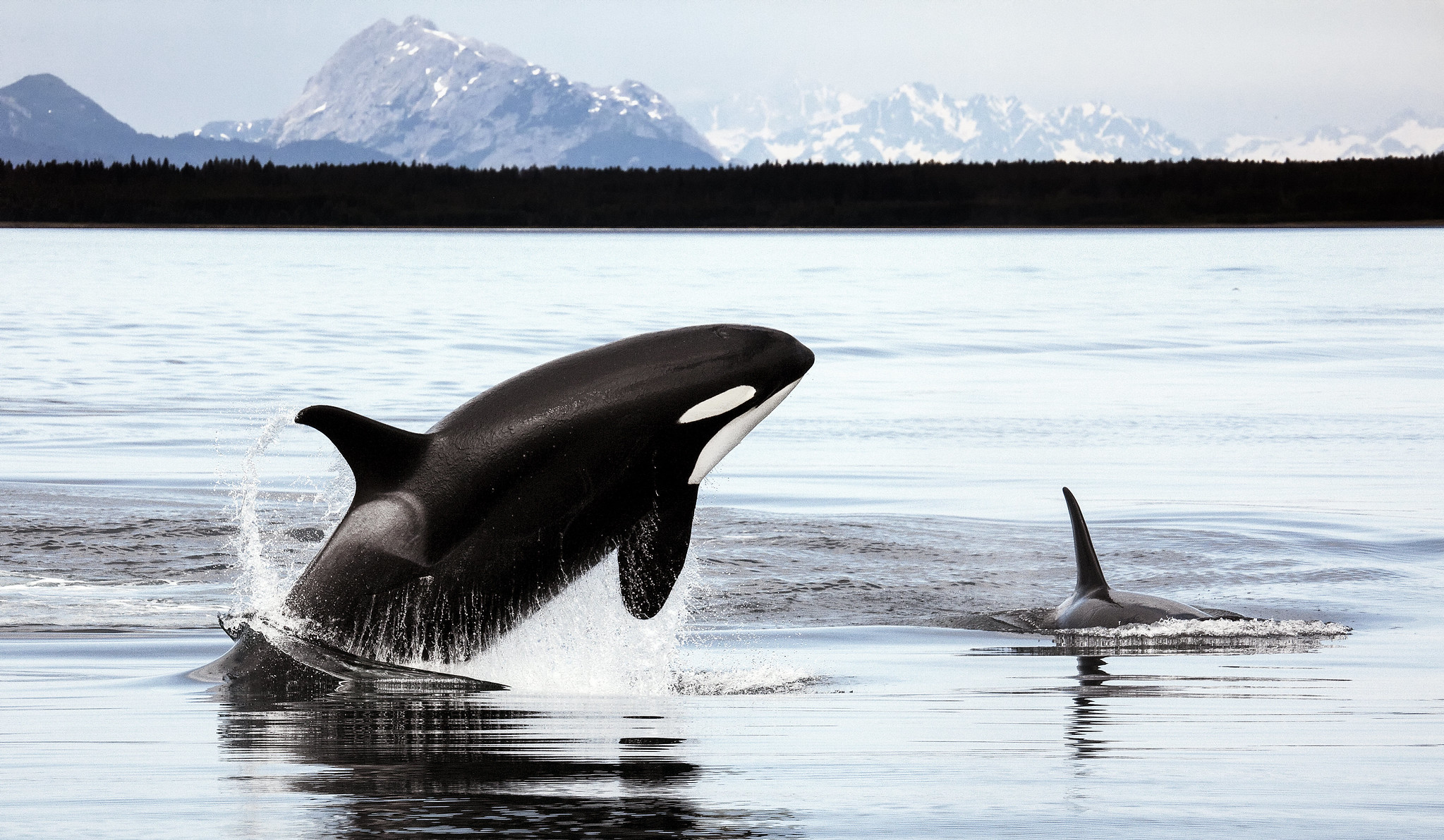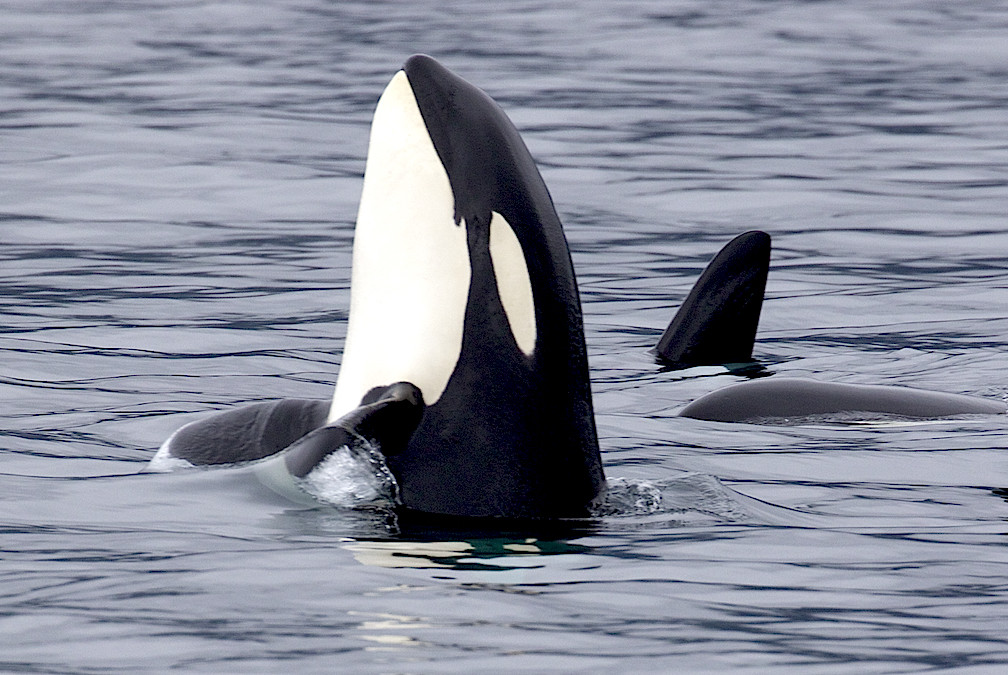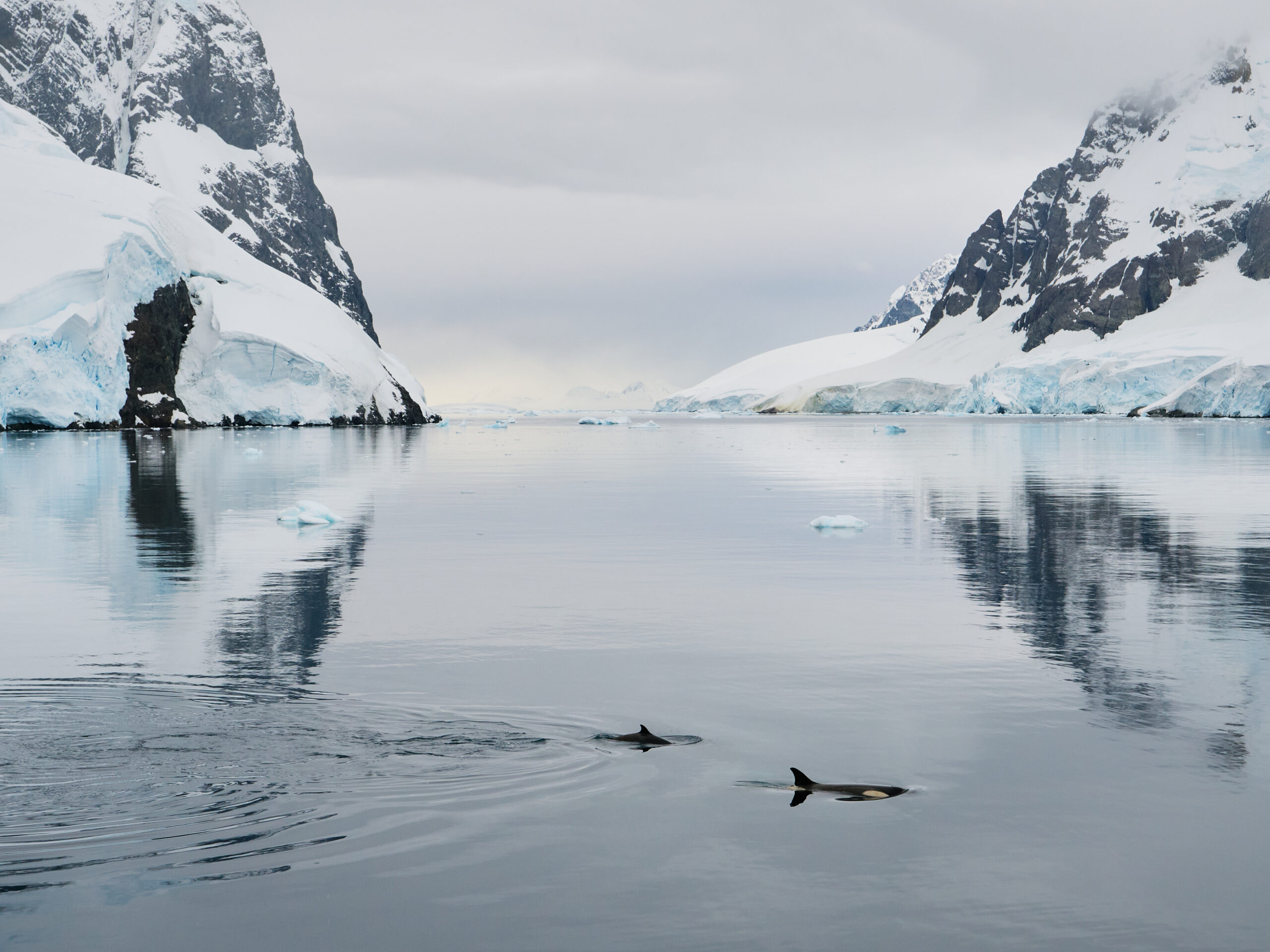Every year at NHBS, a wonderful variety of books and equipment passes through our offices and warehouse, moving from desks and shelves before heading out in parcels to our valued customers. Along the way, we inevitably end up being tempted to buy some of these items for ourselves, while others become thoughtful presents for friends and family. Here, our team shares the books and products we’re most excited to gift our loved ones this year.
European Bird ID Guide
 I really like this ID guide because it’s detailed, with stunning illustrations, and helpful notes on behaviour and plumage. It’s a great gift for the birder in the family – or yourself!
I really like this ID guide because it’s detailed, with stunning illustrations, and helpful notes on behaviour and plumage. It’s a great gift for the birder in the family – or yourself!
Simon, Customer Service Manager
Tawny Owl Decoration
 I bought this beautiful owl decoration as a gift for a family member who has a passion for owls. I know she will find the information on the back interesting and it will be a treasured addition to her collection of all things owl-related.
I bought this beautiful owl decoration as a gift for a family member who has a passion for owls. I know she will find the information on the back interesting and it will be a treasured addition to her collection of all things owl-related.
Fiona, Finance Manager
Spypoint Force-24 Trail Camera
 I like the Spypoint Force-24 Trail Camera because the picture quality has been really clear, both day and night. I thought the setup was simple, and the battery life was impressive. A great trail camera that’s perfect for keeping an eye on wildlife.
I like the Spypoint Force-24 Trail Camera because the picture quality has been really clear, both day and night. I thought the setup was simple, and the battery life was impressive. A great trail camera that’s perfect for keeping an eye on wildlife.
Mark, Product and Purchasing Manager
Nightfox
 Night vision aids have become increasingly popular tools for wildlife surveying in recent years and a real standout addition to our range this year has been the Nightfox Whisker Night Vision Binoculars.
Night vision aids have become increasingly popular tools for wildlife surveying in recent years and a real standout addition to our range this year has been the Nightfox Whisker Night Vision Binoculars.
Designed with the professional ecologist in mind but with a price point accessible to naturalists and wildlife enthusiasts, the Nightfox Whisker is incredibly easy to use and produces crisp clear images that can be saved to the included 32gb memory card and viewed through the built-in colour screen. Featuring a 57° field of view and an adjustable digital zoom, the Whisker is an ideal companion for any nocturnal wildlife viewing adventures.
Johnny, Senior Wildlife Equipment Specialist
Giant Butterfly Garden
 This past season, I’ve loved using the Giant Butterfly Garden – and I can’t wait to do it all again next year. It’s a truly magical experience: watching tiny caterpillars grow tenfold before they pupate, and then witnessing their transformation into Painted Lady butterflies. The moment they emerge is pure wonder. The kit includes clear instructions and fascinating facts about Painted Ladies, making it easy and educational. The Butterfly Garden also comes in a standard size with five caterpillars and as a school kit with 33 caterpillars.
This past season, I’ve loved using the Giant Butterfly Garden – and I can’t wait to do it all again next year. It’s a truly magical experience: watching tiny caterpillars grow tenfold before they pupate, and then witnessing their transformation into Painted Lady butterflies. The moment they emerge is pure wonder. The kit includes clear instructions and fascinating facts about Painted Ladies, making it easy and educational. The Butterfly Garden also comes in a standard size with five caterpillars and as a school kit with 33 caterpillars.
Daniel, Product and Purchasing Technical Advisor
Woolie
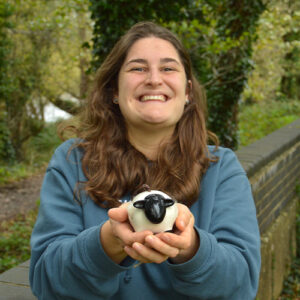 My choice this year is Woolie the sheep, a ceramic sheep with nesting wool. Filled with top-notch natural sheep’s wool, Woolie provides important nesting materials for your feathered friends. Its appealing design and frost-resistant construction make it a great addition to any bird lover’s garden.
My choice this year is Woolie the sheep, a ceramic sheep with nesting wool. Filled with top-notch natural sheep’s wool, Woolie provides important nesting materials for your feathered friends. Its appealing design and frost-resistant construction make it a great addition to any bird lover’s garden.
Laura, Product and Purchasing Technical Advisor
The Penguin Book of Penguins
 A book that pays homage to the non-flying bird in a tuxedo! This book brings together many observations and information about the penguin, produced by the husband-and-wife team of Peter and Lisa Fretwell. Written by a one of the British Antarctic Survey’s leading scientists, it’s a book that makes you feel good, and you can’t help smiling as you read it, turning a page and finding one of Lisa’s hand drawings!
A book that pays homage to the non-flying bird in a tuxedo! This book brings together many observations and information about the penguin, produced by the husband-and-wife team of Peter and Lisa Fretwell. Written by a one of the British Antarctic Survey’s leading scientists, it’s a book that makes you feel good, and you can’t help smiling as you read it, turning a page and finding one of Lisa’s hand drawings!
Simon, Purchasing Coordinator
Num’axes Bird Feeder Camera
 The thing I love most about the Num’axes Bird Feeder Camera is that it is so easy to set up and install. With an integral battery and built-in solar panels it means you can pop it up anywhere with ease. The image quality is fantastic and I know my daughter will delight in seeing the close-up footage of the birds feeding as well as some interesting nighttime shots of other garden visitors – a brilliant piece of kit to connect with nature!
The thing I love most about the Num’axes Bird Feeder Camera is that it is so easy to set up and install. With an integral battery and built-in solar panels it means you can pop it up anywhere with ease. The image quality is fantastic and I know my daughter will delight in seeing the close-up footage of the birds feeding as well as some interesting nighttime shots of other garden visitors – a brilliant piece of kit to connect with nature!
Gemma, Managing Director
Raising Hare
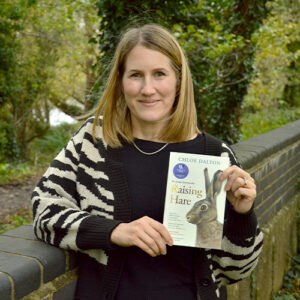 Raising Hare is a delightful journey through the difficulties of Covid lockdown, remembering the connection many people found with nature. The unusual partnering of a London professional and a wild hare plays out beautifully.
Raising Hare is a delightful journey through the difficulties of Covid lockdown, remembering the connection many people found with nature. The unusual partnering of a London professional and a wild hare plays out beautifully.
Elle, Marketing Coordinator
Angela Harding Seasonal Quartet
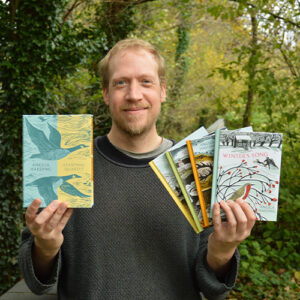 This beautiful box set brings together the four volumes of renowned illustrator Angela Harding’s Seasonal Quartet. Angela Harding is one of the UK’s leading artists whose work features on many beautiful book covers and greetings cards. These seasonal books are a joy to pore over, lavishly decorated and thoughtfully curated.
This beautiful box set brings together the four volumes of renowned illustrator Angela Harding’s Seasonal Quartet. Angela Harding is one of the UK’s leading artists whose work features on many beautiful book covers and greetings cards. These seasonal books are a joy to pore over, lavishly decorated and thoughtfully curated.
Oli, Graphic Designer
Woolly Mammoth in a Tin
 For my staff pick I have chosen the Woolly Mammoth in a Tin. The whole range from Apples to Pears are great little gifts and should keep my seven-year-old busy over Christmas. I think the T-rex will be the next one needed in our collection.
For my staff pick I have chosen the Woolly Mammoth in a Tin. The whole range from Apples to Pears are great little gifts and should keep my seven-year-old busy over Christmas. I think the T-rex will be the next one needed in our collection.
Jess, Purchasing Coordinator
Amazing British Nature Pairs Cards
 These beautifully illustrated matching pair cards feature a wide range of British wildlife. They’ve become a firm favourite at home, though my six-year-old daughter almost always wins!
These beautifully illustrated matching pair cards feature a wide range of British wildlife. They’ve become a firm favourite at home, though my six-year-old daughter almost always wins!
Steve, Head of Product and Purchasing
If you’re looking for further inspiration in the run up to Christmas, you’ll find hundreds of ideas in our Great Gifts for Nature Lovers collection – browse the full range here.



